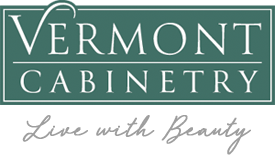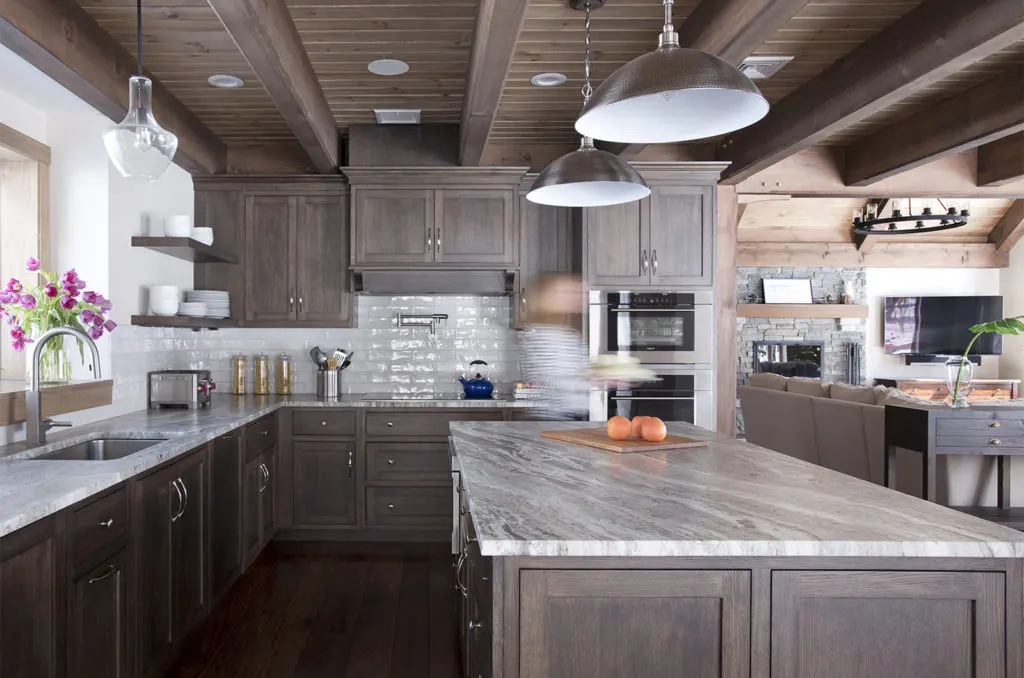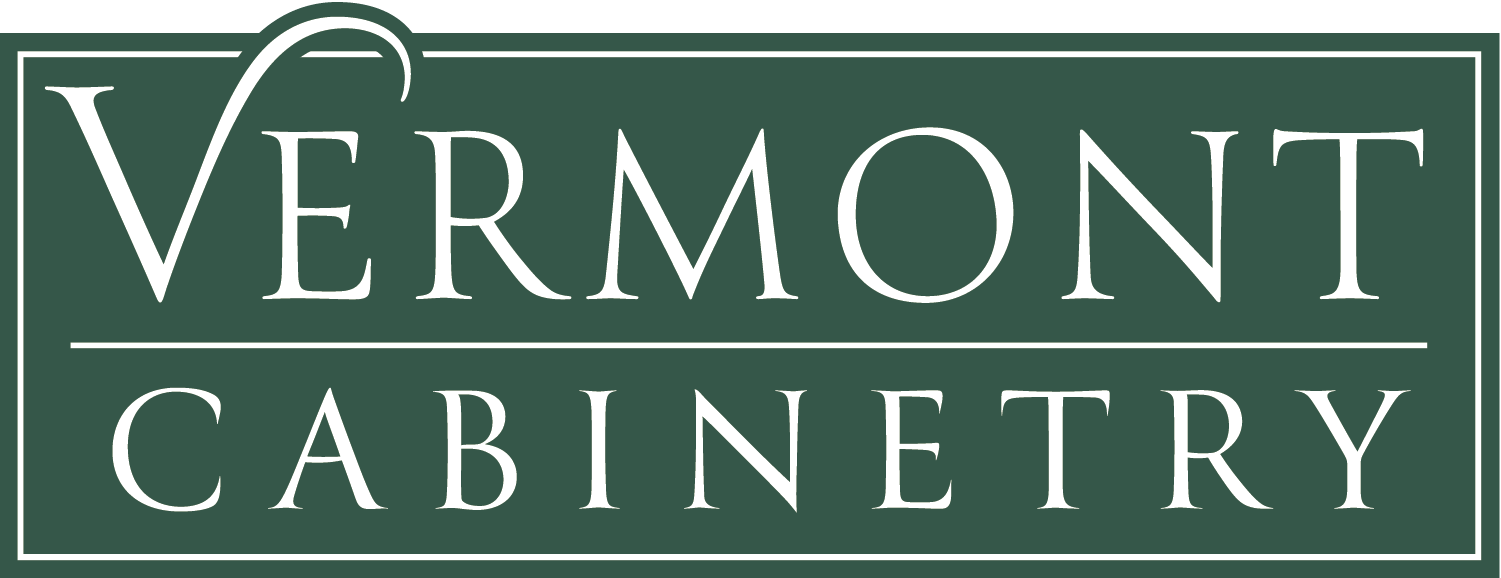NORTH WALPOLE, NH (August 2, 2021) — According to Todd Walker, president of Vermont Cabinetry, homeowners expecting to undertake a redesign or renovation project this year are likely to find themselves in a bind…unless they’ve planned ahead.
One survey reported in People magazine last winter found that 70 percent of Americans are looking to make changes to their homes in 2021. Yet this surge in expected work comes at the same time as the home-building industry is seeing huge shortages of critical materials such as lumber, plus drastic increases in how long it takes to order and obtain manufactured products like appliances and cabinetry.
“At least for the foreseeable future, this is the new normal,” Walker says. “Right now, shipping delays are getting worse rather than better.” So if you have been dreaming about updating your kitchen or bath, these three critical tips will help you avoid disappointment.
- Get your project collaborators booked now.
Although the Covid-19 crisis was a disaster for some industries, the design and construction trades have found themselves busier than ever. Having so many people spending unexpected time at home in 2020 has translated into a huge spike in the desire to rework living spaces. So your first step is to identify and contact the professionals you’ll be working with (architect, interior designer, general contractor) and get yourself on their calendar. There’s no point in inviting family to celebrate Thanksgiving in your fabulous new kitchen if work won’t even be able to start by then. - Figure out what will be needed when.
Consult with your contractor up front to rough out the project schedule. (If you are using an architect or interior designer, they’ll help with this.) Start from your desired end point and plan backwards from there. On what date will plumbing fixtures be required? When do the countertops and tile go in? When should the cabinets go up? Everything must stay in sync, since progress will come to a crashing halt if materials aren’t available when the workers have to have them. - Order critical items as early as possible.
You can’t wait until your new kitchen or bath is already framed out before thinking about stone, tile, cabinets, lighting, and appliances. Get these items nailed down well before construction work begins. Given current supply-chain and freight issues, lead times that used to be 8 to 12 weeks are now often up to 30 weeks or more.
This is an area where calling in a custom supplier like Vermont Cabinetry can be a huge help. As John Abrahamsen, the company’s lead designer notes, “We do almost everything in-house, from building to finishing, whereas other companies frequently order in things like drawer boxes and other components. This gives us a big advantage in lead times, since we aren’t as affected by materials shortages and shipping slow-downs.”
Walker agrees:
We operate like a one-man shop, with a really individualized relationship with each client,” he says, “but have the capacity to do larger amounts of work, more quickly and with more control of product. So right now we’re able to handle work that other cabinetmakers can’t do, and make sure it’s all of the highest quality.
It’s never a bad idea to plan ahead, but that’s especially critical if you’ll be looking to redo a kitchen or bathroom in 2021 and 2022.
About Vermont Cabinetry: Vermont Cabinetry has been designing and building custom cabinetry and millwork for the entire home since 1982. The company’s foundation is based on unparalleled quality, service, and value. Previously located in Saxtons River and Westminster, Vermont, Vermont Cabinetry relocated in 2018 to a 60,000-square-foot facility in North Walpole, New Hampshire, which gives it added flexibility for gearing up production while maintaining the highest standards. In addition to custom cabinetry for kitchen and bath projects large and small, the company’s craftspeople can provide custom millwork for pantries, closets, libraries/studies, wine cellars, bars, and other specialty spaces.


